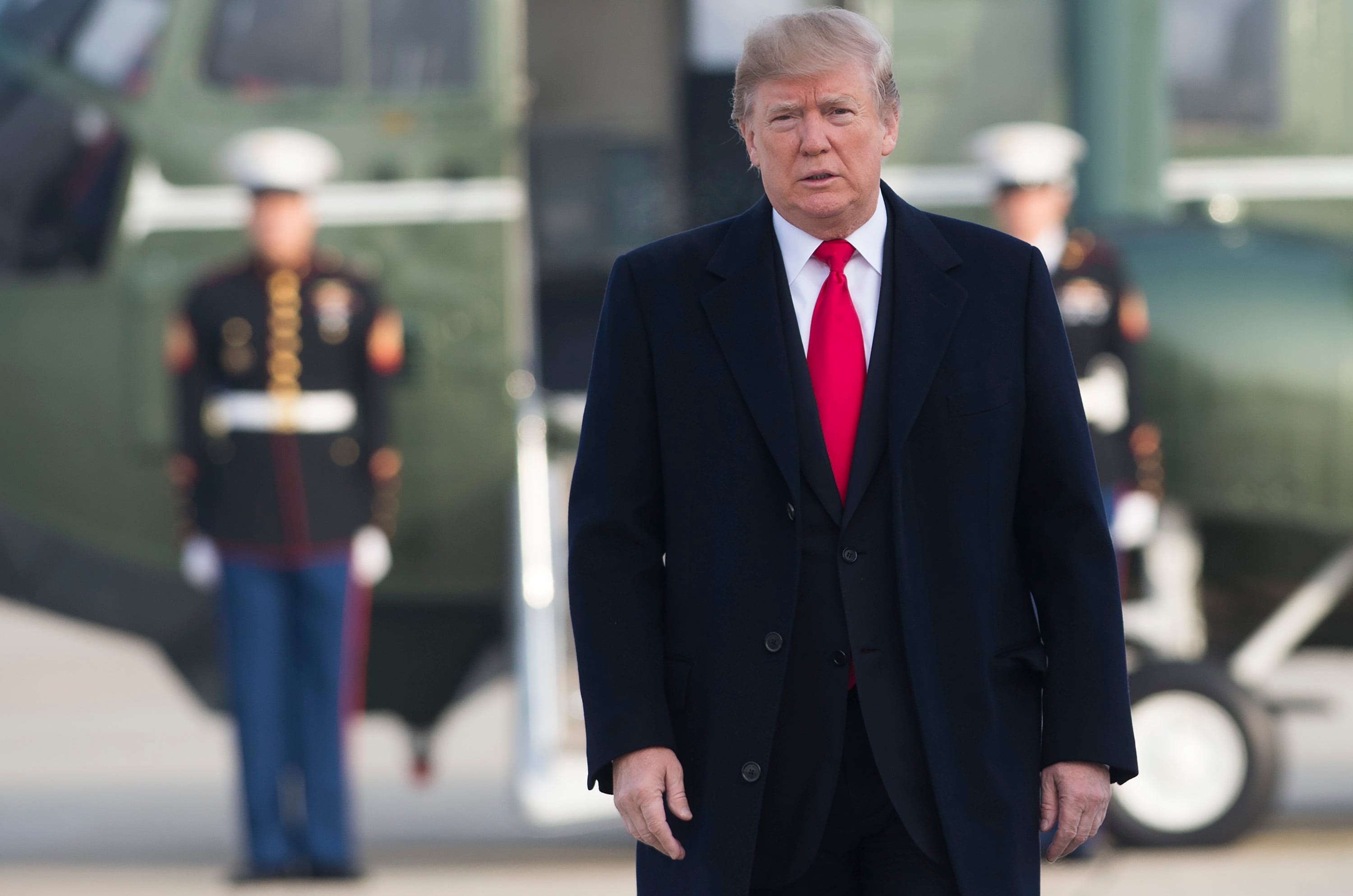WASHINGTON — U.S. President Donald Trump’s military buildup goals would face hash headwinds from a ballooning deficit and debt, according to the Congressional Budget Office.
CBO has previously projected the buildup would cost $683 billion more over the next decade than Obama administration plans. Trump’s plans are expected to exceed caps by $295 billion through 2021, when the caps established under the 2011 Budget Control Act expire.
Those plans would compete with the rising costs of major health care programs, Social Security and interest costs.
Meanwhile, U.S. debt will steadily rise to nearly 150 percent of gross domestic product by 2047, as growth in total spending will outpace total revenues.
The administration’s current plans are “unclear,” CBO acknowledges, but it appears to base the projections on Trump’s previous calls for more ships, more fighter jets and more manpower.
RELATED

Meanwhile, the government office projects rising operations and maintenance. It also predicts military personnel costs will exert internal pressure, cutting the amount of procurement and research and development that can be done.
Three major categories of the defense budget “have their own momentum,” which will “create mismatches” between the Pentagon’s five-year budget projections and the actual cost of its plans:
- Costs of developing and buying weapons have been, on average, 20 to 30 percent higher than the Defense Department’s initial estimates.
- Costs for compensation of military personnel — including their active and retired health care benefits — have been rapidly increasing since 2000.
- Costs of operation and maintenance per active-duty service member have been steadily increasing since at least 1980.
The assessment was part of a presentation given by David Mosher, assistant director for CBO’s national security division, to a recent Professional Services Council forum.
The assessment comes a week after Trump, in his first State of the Union address, asked Congress to “fully fund” the U.S. military.
Trump closed out his first year in office without substantially advancing his promise to “rebuild the military” and — with statutory budget caps in place — no clear political path to the massive defense increase required to achieve it.
As of Monday, Trump and congressional leaders were at an impasse on the 2018 federal budget. The deadlock, in part, centers on how much to raise budget caps for the defense and nondefense sides of the budget.
Joe Gould was the senior Pentagon reporter for Defense News, covering the intersection of national security policy, politics and the defense industry. He had previously served as Congress reporter.








